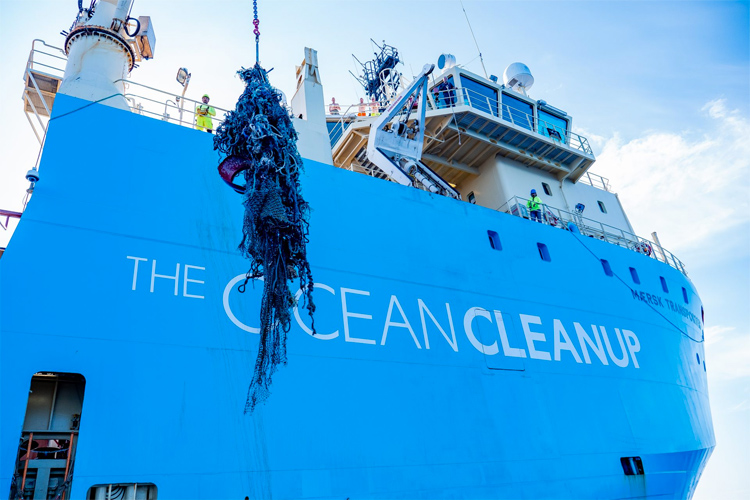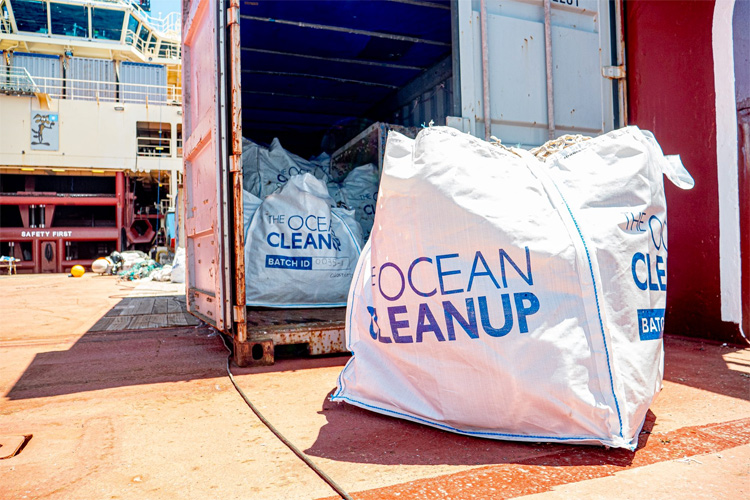The Ocean Cleanup announced that the first batch of plastic captured in the Great Pacific Garbage Patch will be transformed into sustainable products.
The environmental project designed by Boyan Slat completed its first mission and brought 60 bags of plastic trash to Vancouver, Canada.
The products created with recycled plastic will be sold to fund the continuation of the cleanup operations off the coast of the United States.
"This is a tiny system. Imagine what we can do when we have 60 systems - which are at least three to four times as large as this one - pulling up to four big bags per day per system. That's 240 big bags of plastic per day." explains Reijnder de Feijter, a hydrodynamic engineer at the Ocean Cleanup.
The organization says that ghost nets account for 40 percent of the waste collected by the system. But they also found crates, umbrellas, and microplastics smaller than one millimeter.
"We've proved that our methodology of cleaning is actually feasible. During this mission, we had an independent system in the water that got plastic by itself and retained it," the Ocean Cleanup states.
"The material we collected is complete garbage. It has been in the ocean for decades - sometimes up to 50 years. It's degraded. It has salt on it. It has algae on it. It's really stinky and dirty and a total mess," notes Slat, founder and CEO of Ocean Cleanup.

"So, I think it's going to be special to have something made from this material because it's not just any plastic."
"It's plastic from the Great Pacific Garbage Patch. It's like the difference between a normal rock and a rock from the moon. It's still a rock, but it has the story behind it."
Certified Plastic
The Ocean Cleanup will tag the bags of plastic that have been filled during the first trip so that it can be certified that it comes from the Pacific.
"We've been collaborating with DNV-GL to be able to certify plastic that's actually coming from the ocean," continues Slat.
"So they keep track of the plastic to the whole chain, from it being collected all the way to it being turned into products."
"Every step in between is being tracked to ensure that we can promise that this material has come from the Great Pacific Garbage Patch."
The Ocean Cleanup will now kick off preparations for System 002, a full-scale and fully operational structure that will be able to endure and retain the collected plastic for long periods.
